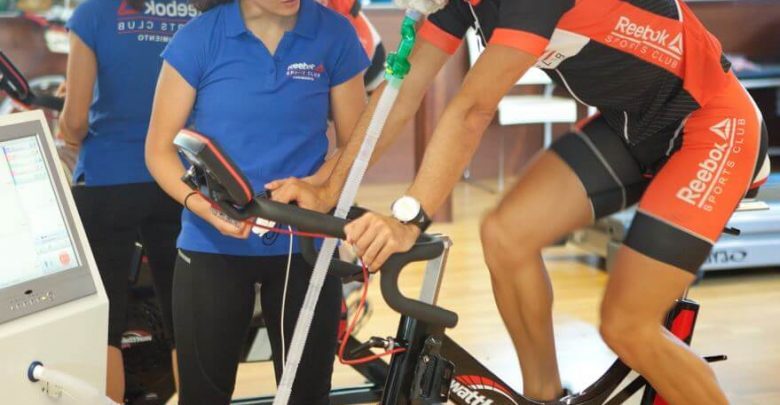Do you know what Fat Max is? Do you know how to improve it?
{wbamp-meta name=”author” type=”Person” content=”High Performance”}
{wbamp-meta name=”image” url=”/images/stories/triconsejos/training-hypoxia.JPG” width=”879″ height=”685″}
The Fat Max refers to the area in which fat consumption is higher, that is, the intensity at which we consume more grams of fat per minute.
Our collaborator Rebook Performance, tells us in this article that it isl Fat Max and in what ways we can improve it to better perform in our training.
When we perform a stress test we can obtain an interesting data that is known as respiratory quotient (RER or RQ) and means the relationship that exists between the CO2 that we produce the O2 that we consume. By controlling this parameter we can know which nutrients serve us as a source of energy.
Some of us have a high fat intake, which allows us to perform long-term training without the need to feed ourselves, but others consume almost exclusively carbohydrates by having a higher RER which is a constant need to feed or slow down to avoid hypoglycemia.
The Fat Max refers to the area in which fat consumption is higher, that is, the intensity at which we consume more grams of fat per minute. This value is usually found in the 50 and 75% of the FC max.
A very trained athlete will have it very high and with a very low RER. In the novice athletes, the opposite will happen.
In training there are two ways to improve it:
- Polarized training: it is about basing the training in long training sessions in the zone of the first threshold and the rest (1 or 2 days a week) to train high intensity overcoming the anaerobic threshold (these are the training that increase the capillarization and availability of muscular oxygen more ).
- Hypoxia training: Hypoxia training increases the ability of the athlete to dispose of oxygen through several mechanisms:
- Increase in blood parameters: greater number of red blood cells, mass of hemoglobin and changes in the affinity of this by the O2
- Vasodilation, increased capillary density and decreased peripheral resistance
If you are going to perform a long-term test, one of the priorities should be to increase the Fat Max, since the maximum possible intensity of work can be maintained without having energy drops. The first option involves training time in long sessions, the second option to invest economically in intermittent hypoxia sessions
There are no previous results.





























